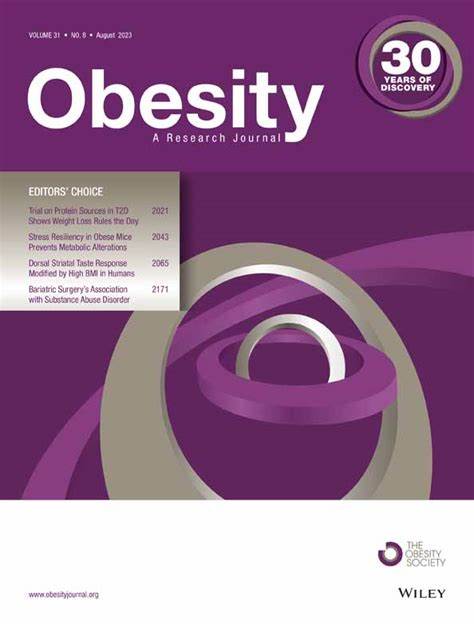Placental Gene Expression Associated With Early Childhood Growth Trajectories and Obesity Risk
Abstract
Objective
This study aimed to investigate the association of placental gene expression with early childhood growth trajectories and obesity risk.
Methods
We analyzed 794 children from the Conditions Affecting Neurocognitive Development and Learning in Early Childhood study. Placental samples collected at delivery underwent RNA sequencing to obtain transcriptome data. BMI trajectories from birth to 4 years (rising-high-, moderate-, and low-BMI) and overweight/obesity at 4 years were the childhood outcomes of interest. Differentially expressed genes (DEGs) associated with the outcomes were identified using DESeq2. Pathway enrichment analysis was performed on DEGs. Their causal relationships with outcomes were explored using the Mendelian randomization (MR) approach.
Results
We identified 22 and 23 DEGs associated with BMI trajectories and overweight/obesity, respectively, with false discovery rates (FDR) < 0.05. Pathway analysis of these DEGs identified 26 biological pathways, primarily related to the immune system. MR analysis suggested that one (SSX2B) and eight DEGs (e.g., HSPA1A, DNAJB1) might be causally associated with the BMI trajectories and overweight/obesity (FDR < 0.05), respectively.
Conclusions
This study identified placental gene expression associated with early childhood growth outcomes. These findings suggest the potential important role of placental immune system genes in the development of childhood obesity.

 求助内容:
求助内容: 应助结果提醒方式:
应助结果提醒方式:


